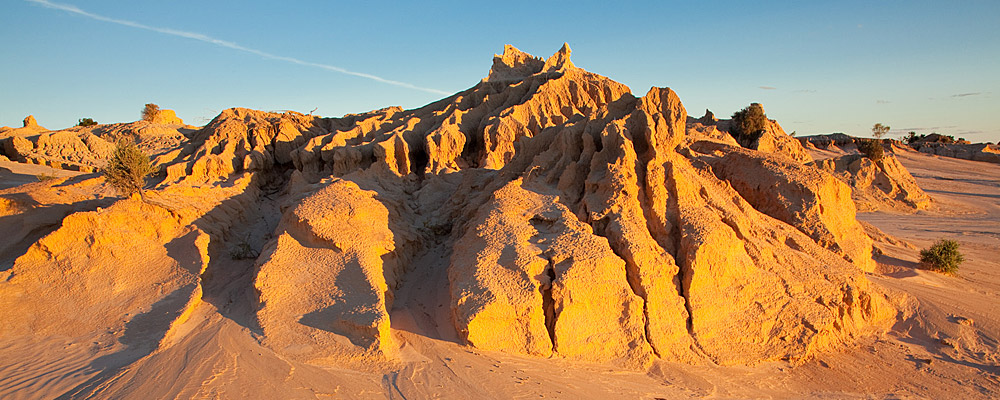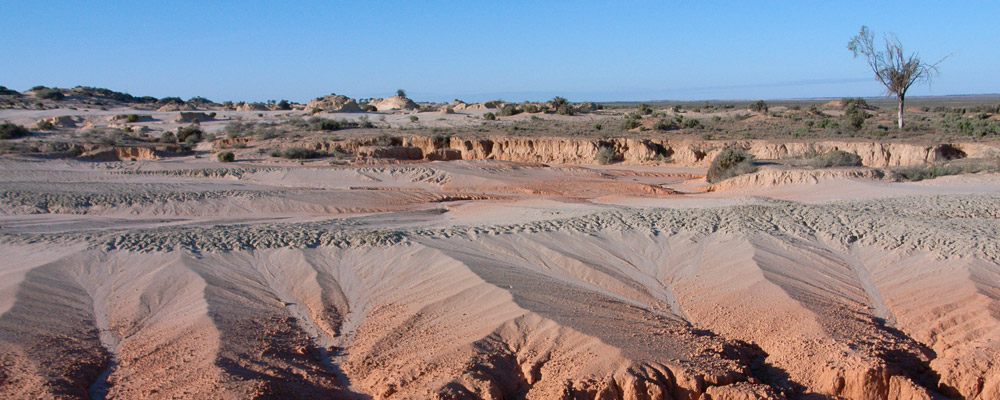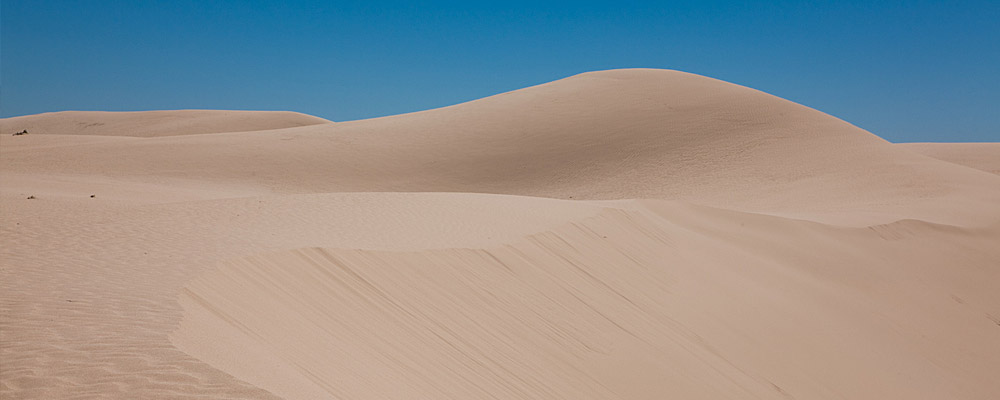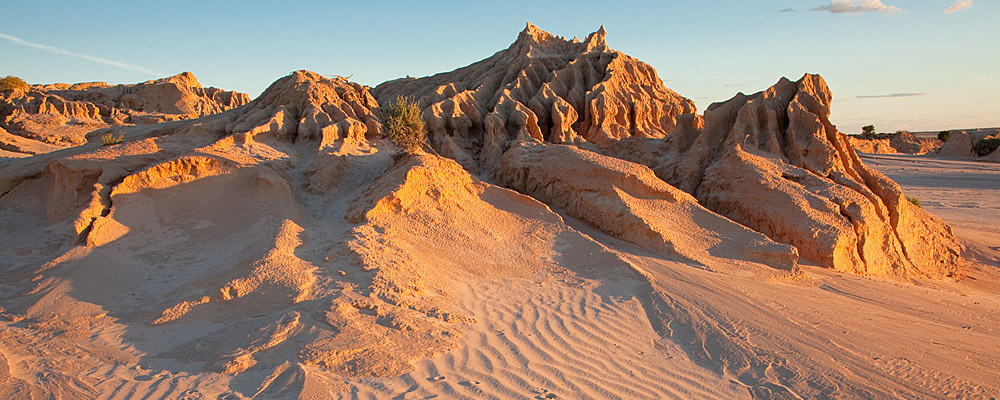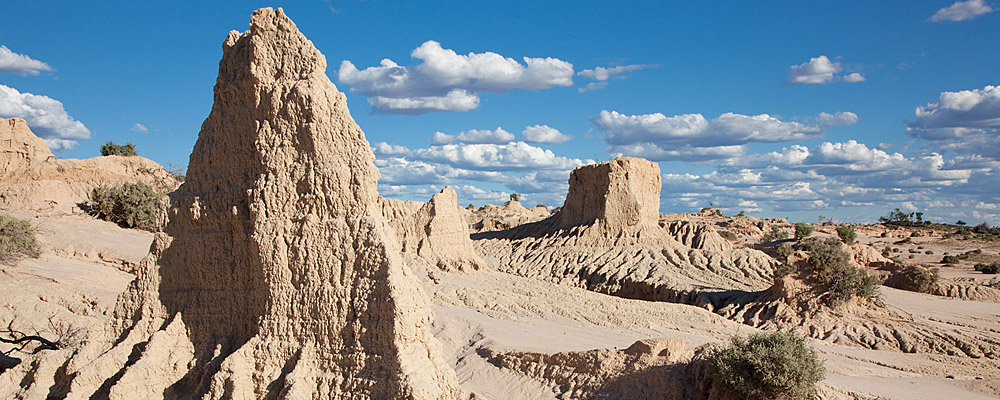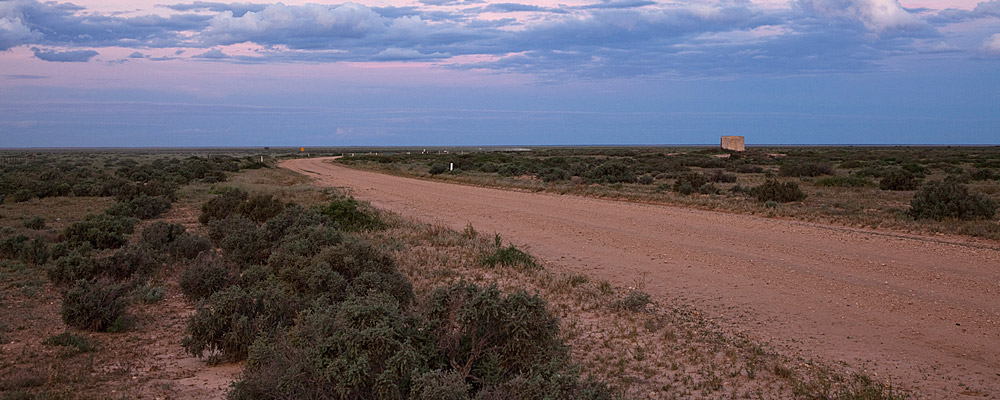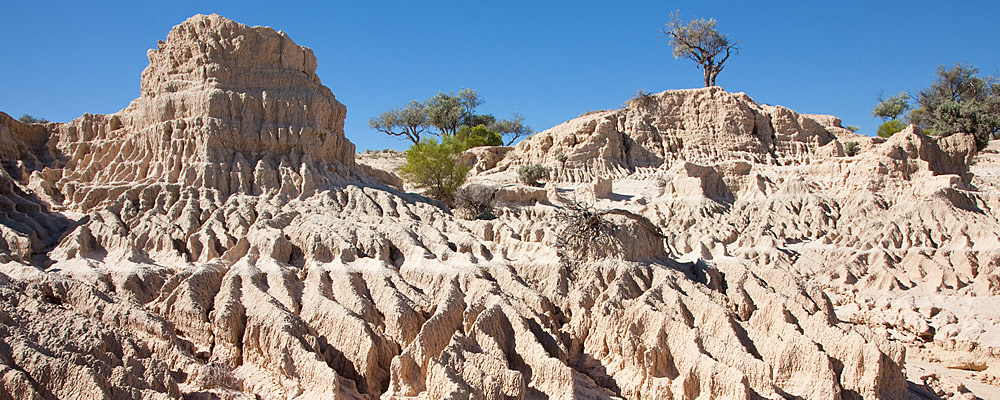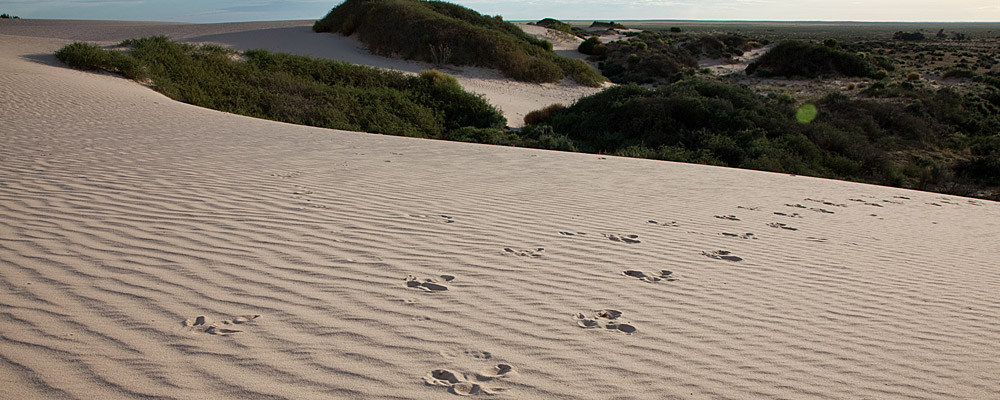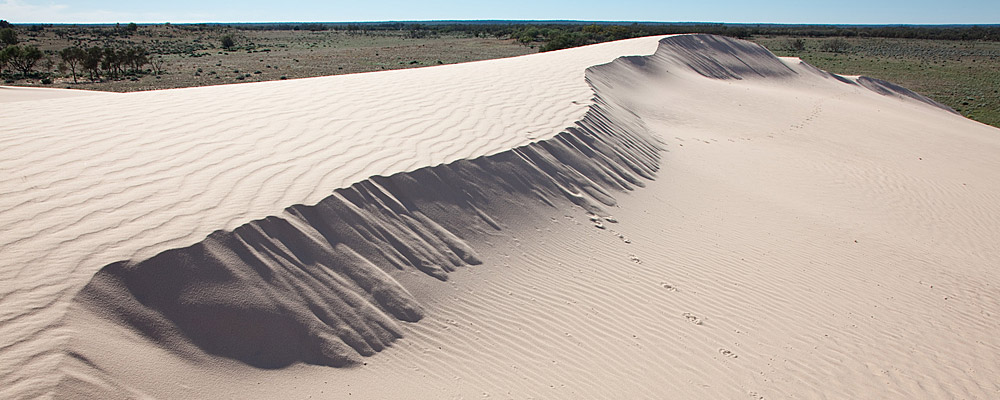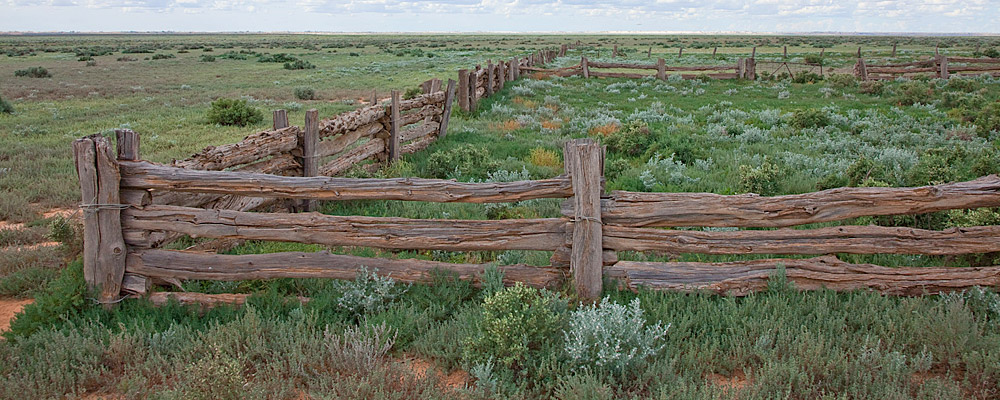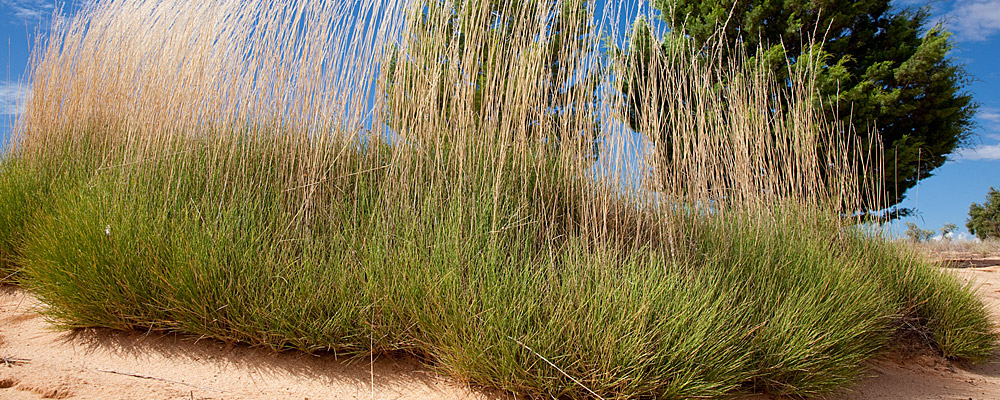Understand Mungo
Ancient Mungo Environments
The Landscape in Action
The full story of how the landscape of Willandra Lakes was formed can be hard to grasp. Here we use three video animations to help explain what happened during the evolution of the Willandra Lakes into what we see today.
The videos are factual, but the compressed speed of events changes for different scenes. You can use the timeline and toggle on each film to move through the ages at your own speed, or to look more closely at a particular phase.
Download the animations
Forces shaping Willandra Lakes (Animation 1) shows an aerial view of the landscape from about 32 million years ago to the present. It explores the regional forces that shaped Willandra Lakes.
45,000 years at Lake Mungo (Animation 2) is a ground level view across Lake Mungo to the lunette, starting about 45,000 years ago and moving through to the present. It shows how the lake levels and landscape have gone through different phases over millennia.
Building the Lake Mungo lunette (Animation 3) is an up-close view of the Mungo lake shore and lunette, from about 45,000 years ago to the present. It takes a closer look at how the lunette was formed.
Click on the thumbnails to jump to the events described.
Forces shaping the Willandra Lakes

- Australia's place on the globe has had a profound impact on its changing climate and landscape.

- Ancient earth movements created the low-lying Murray Basin, where Willandra Lakes later formed. The Great Dividing Range lies to the east and the central Australian dunefields to the west.

- About 32 million years ago, the sea flooded the Murray Basin from the south, and covered the area where Willandra Lakes eventually formed.

- About 6.5 million years ago, the sea began a slow and halting retreat from the Murray Basin.

- The coastline neared its modern position about 3 million years ago, but earth movements blocked the ancestral Murray-Darling River near its mouth and caused a huge lake (Lake Bungunnia) to back up into the Murray Basin. The size of lake suggests a wetter climate than today.

- The Lake Bungunnia barrier breached about 700,000 years ago and the lake drained. Active dunes were forming in central Australia and in the mallee region on the western edge of the Murray Basin.

- By about 150,000 years ago, Willandra Lakes had formed in low-lying basins and were filled with water from the mountains to the east. Sand blowing off wave-formed beaches on the eastern shores of the lakes began to build incipient lunettes, laying down the Golgol layer.

- From about 120,000 to 70,000 years ago, a relatively dry phase led to lower water levels in the lakes.

- A period of wetter climate and abundance arrived about 60,000 years ago. Rainfall in the Great Dividing Range sent the ancestral Lachlan River down the Willandra Creek channel to fill the lakes. Full lakes, climatic stability and abundance lasted for the next 20,000 years. Humans appeared in the geological record for the first time towards the end of this period. The western dunes were vegetated and stable, the lakes were surrounded by woodlands.

- About 40,000 years ago the climate became drier again. Water level in the lakes fluctuated for about 18,000 years, as did the amount of vegetation.

- About 22,000 years ago the world plunged into an even drier, colder, glacial phase. Icefields spread across the northern continents and sea level fell to about 120 metres below present. Australia turned cool, dry and windy. Glaciers developed around Mount Kosciuszko and in the Tasmanian highlands. Winter snowfields extended along the ranges. Sand dunes became barren and mobile, moving in around the lakes from the west.

- 20,000 years ago the last glacial maximum was its peak. Temperatures were about 6 degrees lower than today. Plant and animal life were greatly diminished. Woodlands contracted into grasslands and shrublands. Cold winds blew sand and dust-storms in from the west. Fed by mountain snow-melt, the rivers pulsed with high spring and summer flows and large amounts of sediment, but the Lachlan River shrank back from the lakes and dissipated onto the barren plains. Willandra Lakes dried out, never to fill again.

- By 18,000 years ago the Ice Age was thawing. Sea level rose, rainfall increased and vegetation greened the landscape again. Conditions began to improve at Willandra Lakes, but the climate remained relatively dry.

- By 10,000 years ago the glacial phase was over. The mountain glaciers were all gone, rivers had taken on their current form. A relatively stable, semi-arid climate settled over Willandra and has continued until the present day. Sea level and vegetation became similar to the present. Something caused the Lachlan River to abandon its Willandra Creek channel and flow down the modern Lachlan channel. The western dunes became vegetated and stable again.
45,000 years at Lake Mungo

- By 45,000 years ago, people were living at the lakes and leaving their relics. A period of abundance had already lasted for 15,000 years, with full lakes in a stable, wetter climate. Vegetation and wildlife were plentiful.

- The climate became drier and less reliable about 40,000 years ago. Water levels fell in the lakes and continued to fluctuate for the next 18,000 years.

- As the lakes waxed and waned, periods of full water again ensured there was plenty of wildlife and vegetation. Throughout this time lunettes continue to build up and humans left abundant evidence, including the remains of fish, shellfish and small mammals.

- About 22,000 years ago, the climate entered a colder and drier glacial phase. Amid more fluctuations, the lakes began to gradually dry out.

- The glacial phase reached its maximum about 20,000 years ago. The lakes dried completely in the midst of a barren and windswept landscape. Human activity diminished.

- By 18,000 years ago the ice age was ending. The climate grew slightly warmer and wetter. Vegetation returned but the water didn't. The lakes never filled again. Lunette building came to an end.

- By 10,000 years ago the climate had become similar to today, and remained relatively stable until the present. Vegetation continued to wax and wane within the semi-arid climate. Without permanent water, people were intermittently present at Willandra Lakes.

- Europeans settled in the Willandra area about 160 years ago, bringing sheep, cattle and other introduced animals in large numbers. The vegetation was changed and lunette erosion accelerated. Mungo National Park was established in 1979.
Building the Lake Mungo lunette

- By 45,000 years ago the Golgol unit had already formed a small lunette at Lake Mungo and people were living there. This was during a fairly stable period of full lakes, wetter climate and abundance that lasted for 20,000 years.

- Even during stable times, the lake level changed periodically. The lunette continued to build up from sediments blown off the lakeshore, depositing the Mungo unit.

- At times of high water throughout the lunette-building eons, waves blown by westerly winds would cut back into the base of the lunette.

- Vegetation was abundant, and megafauna shared the Willandra environment until about 40,000 years ago.

- About 40,000 years ago, stability gave way to a long period of fluctuating climate and water levels. It lasted for 18,000 years, during which human activity continued.

- During phases of low water, darker clays blew from the drying lakebed onto the lunette.

- As sediments piled onto the lunette, they buried animal bones and human relics.

- When the lake was less than full, waves would pile sand up against the wave-cut scarp and create a beach. Sand blew off the beach up onto the lunette.

- The Arumpo and lower Zanci units date from this time of fluctuating lakes.

- About 22,000 years ago the last glacial set in. The lake level began to fall in the drier climate, but still with fluctuations along the way.

- 20,000 years ago the ice age was at its peak. It was cold, dry and windy in a barren landscape. The lake began its final retreat becoming increasingly salty, but sustained for a while by a high groundwater level. Human footprints were made in a damp claypan. The lunette continued to grow as clay blew from the drying, salty lakebed to deposit the upper Zanci unit.

- About 18,000 years ago the ice age was ending. The climate began to grow a little warmer and wetter. But the lake never filled again, the groundwater fell and without lakebed moisture the lunette-building came to an end. Vegetation returned.

- By 10,000 years ago the climate and vegetation were similar to the present day.

- At some point the lunette began to be eroded by wind and rain.

- Europeans, sheep and cattle arrived about 160 years ago. Vegetation declined under heavy grazing pressure and the lunette eroded more quickly. Fossils of animals, human remains and other relics emerged from the eroding lunette.

- Scientists came to study Mungo about 40 years ago.

